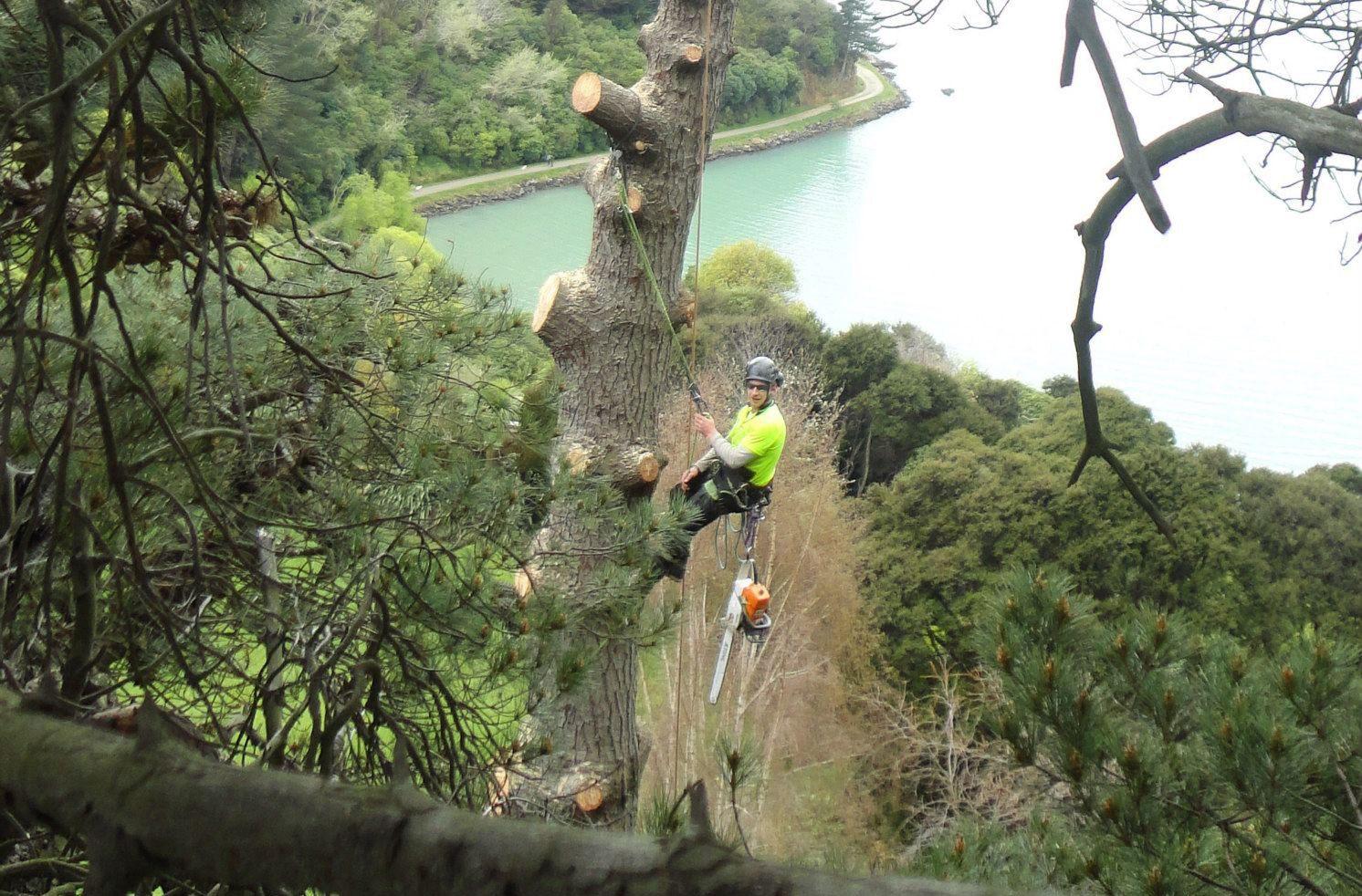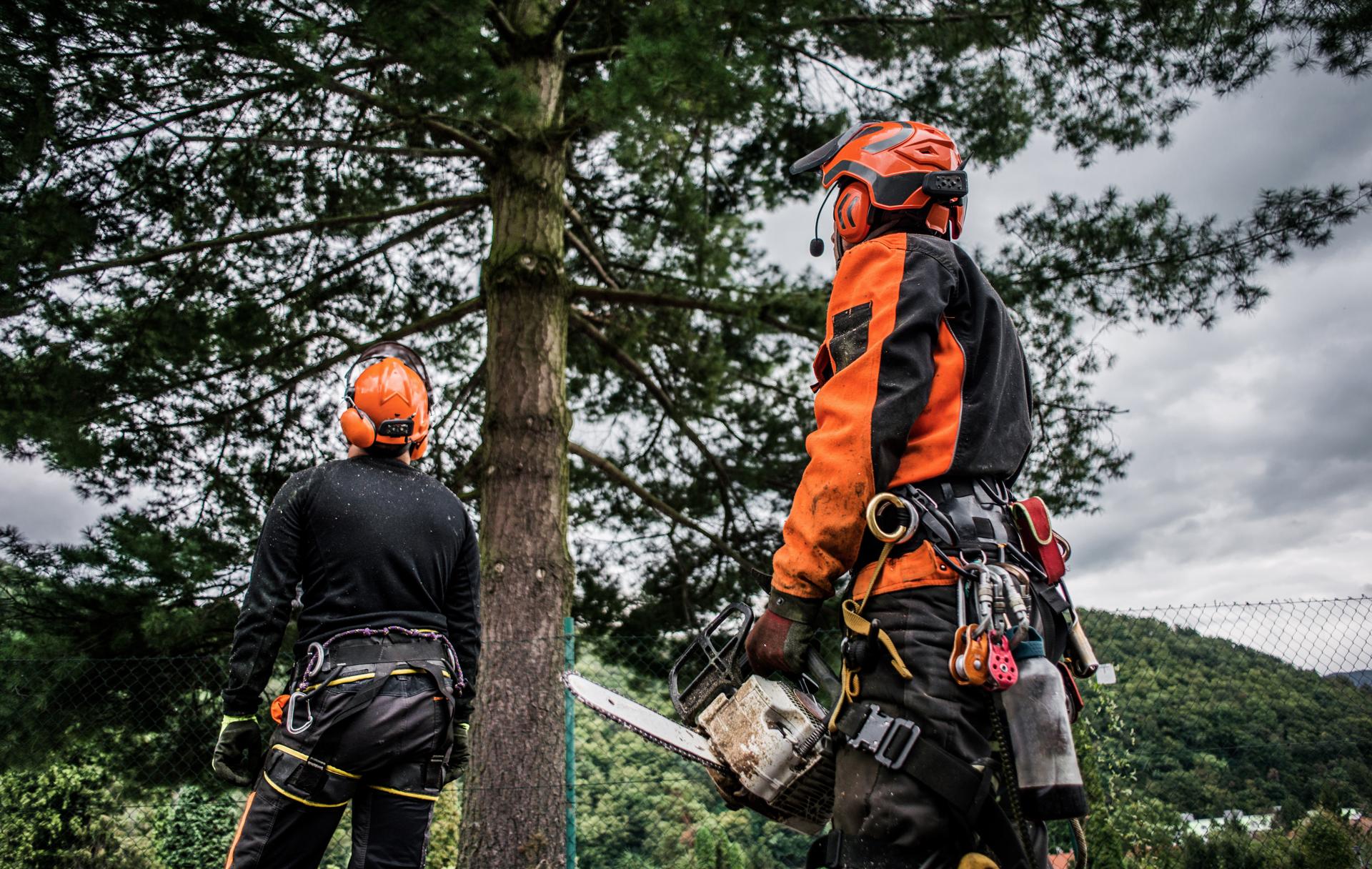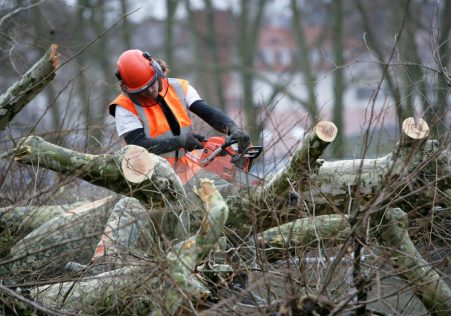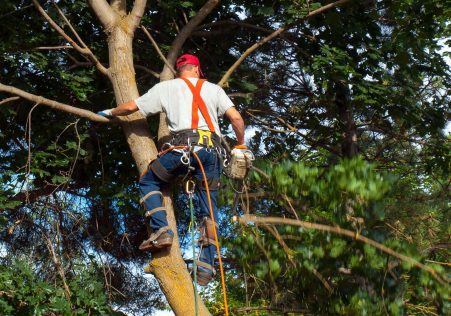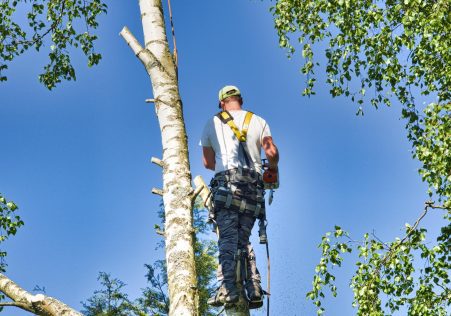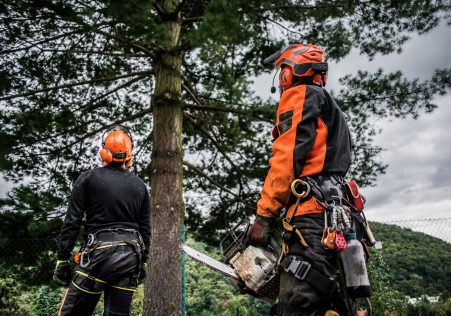How Long Do Cut Tree Roots Last?
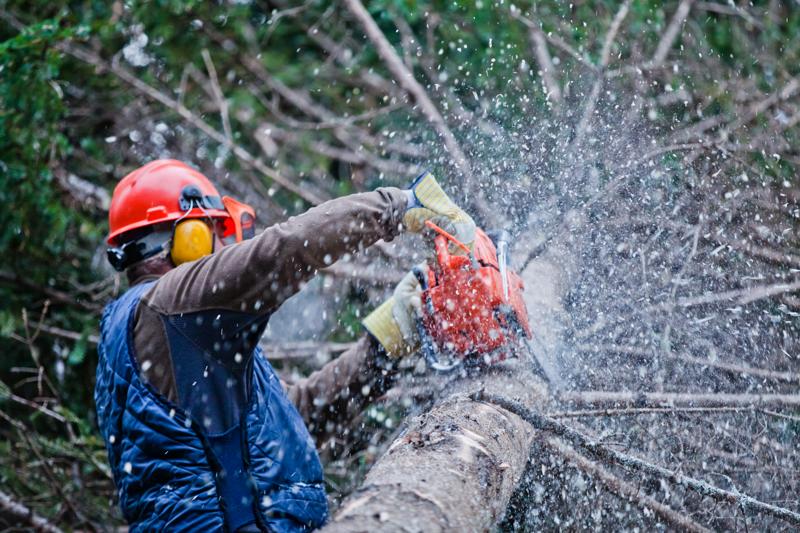
Tree removal is an essential task for homeowners, but it’s not as easy as cutting off the branches and leaving the root to decompose. Understanding the lifespan of tree roots is vital to ensure that the removal process is completed in a safe and secure manner. This article we will explore the length of time the roots of trees last after a tree has been cut down , and also answer several of the frequently asked questions regarding this subject.
How long do tree roots last after cutting them down?
The lifespan of the tree’s roots after it has been cut down can vary greatly depending on the species that the tree is, as well as the length of the roots, and the conditions in which they are located. It is generally reasonable to believe that tree roots continue to exist for a long time after a tree is removed. The reason for this is that the roots are still capable of absorbing moisture and nutrients from soil, long after the plant is removed.
Factors that affect the longevity of Tree Roots
There are several aspects that impact the length of time that tree roots last after a tree is taken down. A few of them are the species of trees Certain species of trees possess roots which are much more durable and more durable than others. For instance, oak tree roots have been observed to live for several decades after the tree has been removed. Dimension of roots The bigger the tree’s roots is, the longer they’ll likely remain after the tree has been removed. The reason for this is that larger roots are able to absorb nutrients and moisture from the soil. Environmental conditions: The soil type, temperature, as well as levels of moisture in the region in which trees were removed could all impact the longevity that the root system. When the soil becomes dry, compacted and degraded, the roots will decompose more quickly. When the soil remains moist and well-drained the roots will last longer.
What happens to tree Roots Following the cutting?
When a tree is cut down, the roots will slowly start to break down. This process can take several years dependent on the variables discussed above. At this point the roots slowly let nutrients into soil which could be beneficial for other plants that are in the vicinity. After the roots have completely gone through their decomposition, they will no longer pose a threat to structures or landscapes around them.
FAQs:
Can tree roots regrow after cutting them down?
No, tree roots cannot regrow after a tree has been cut down. After the roots have been removed, they will slowly begin to break down and no longer be capable of regrowing.
Can tree roots continue to expand after cutting them down?
The roots of trees won’t remain growing after a tree has been cut down. However, they will continue to live for several years because they’re still capable of absorbing moisture and nutrients out of the earth.
Will tree roots continue to grow even after the tree has been cut down?
The roots of trees aren’t going to continue spreading after a tree is removed. After the tree is removed, the tree’s roots are slowly beginning to break down and will not pose a risk to surrounding structures or landscapes.
Conclusion:
In the end, the life span of tree roots after the tree has been cut down can vary greatly depending on several factors. Knowing the duration the tree’s roots can last is vital to ensure that the removal process is carried out in a safe and secure manner. If you have a tree that needs to be removed, it’s always recommended to hire an expert Penrith Tree Services arborist to carry the task. Our highly-trained and experienced arborists have the equipment and expertise to safely and effectively remove trees, and to address any concerns regarding the longevity and longevity of roots. Contact us today at 0480 024 203 to schedule a consultation and find out the details about our services for tree removal within Penrith. Do not risk damaging your property or putting yourself in danger trying to remove a tree your own. Let the experts at Penrith Tree Services handle all of your tree removal needs.

